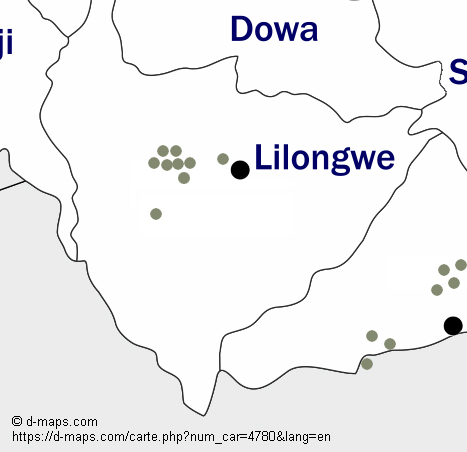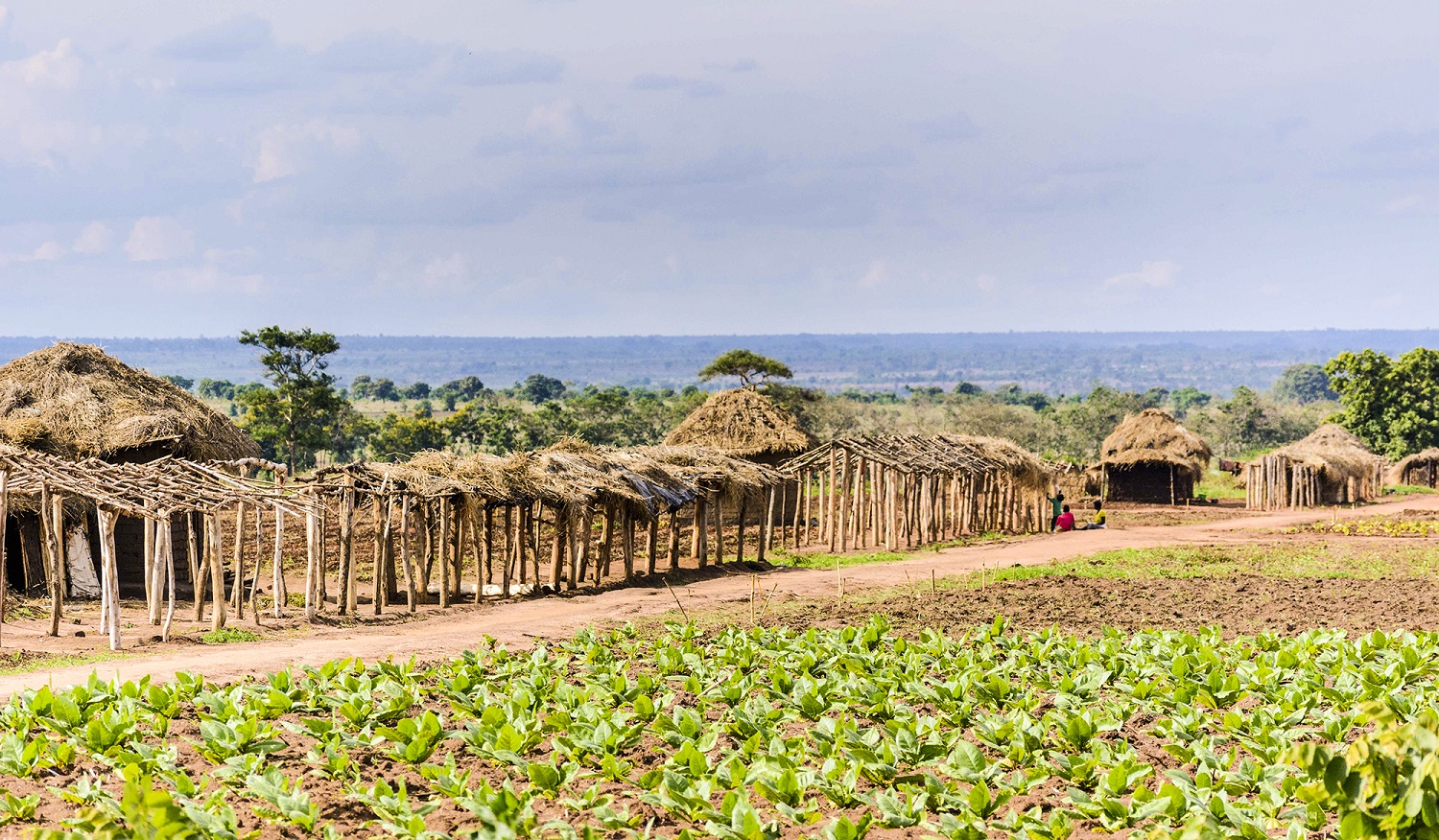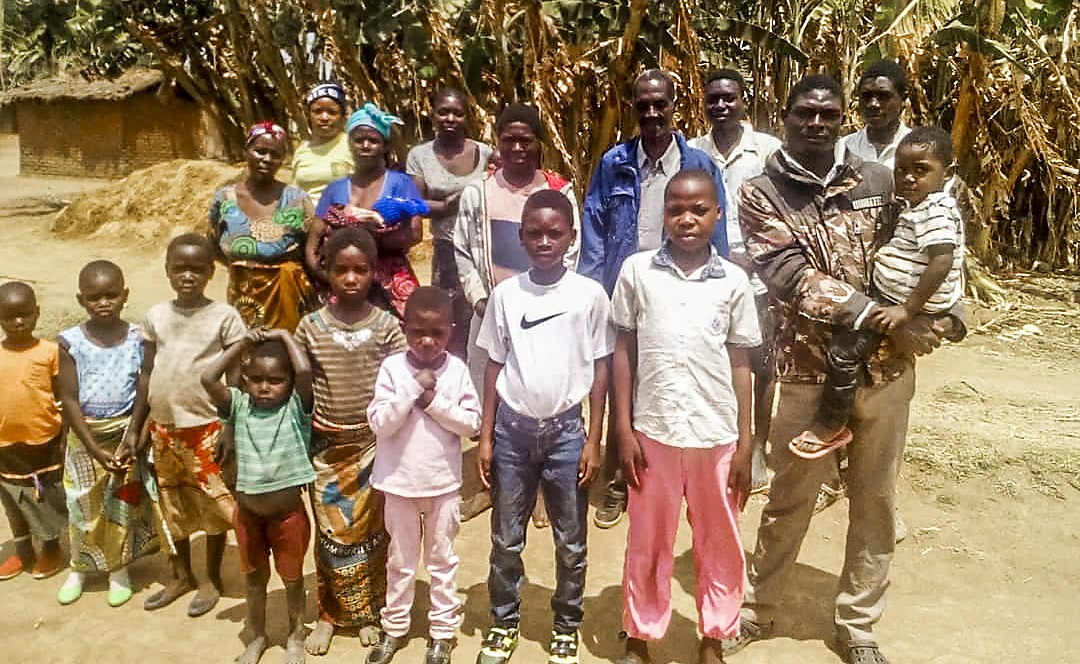LilongweLilongwe is a district in the geographical centre of Malawi. At its own centre is the capital city that bears the same name. It is one of the most developed regions of Malawi and although it remains largely a rural area it contains several large urban centres. It is a flat and hot area that is a plateau forming a large section of Malawi with an altitude of between 3300 and 3600 ft. The soil is reasonably good and agriculture has been successful for generations. However, concentrated cultivation of maize and tobacco throughout this period has led to the fertility of the soil being compromised. The general rapid increase in population size across the region means that many families are finding that they have insufficient land to support their needs. As with other regions greater pressure on the land means that many of the people here commonly experience hunger in most years.
|

From 2003 until 2009 Julian was heavily involved in travelling to different villages in the rural areas of this district. Churches were planted and leaders trained and, when God called him to move south to Dedza, he was able to leave faithful leaders in charge of a group of thriving churches. |
|
There are 9 churches belonging to the Church of the Disciples of Jesus within the Lilongwe district. The great majority of these are found to the west of the city. These are all within a cluster of villages around the trading centre of Nsaru. The first of these villages is Makosana which serves as the centre of the church within the Lilongwe district. In close proximity are the churches at Khoswe, Mambala, Madziamanga, Sani, Chituwi and Mdzoole. Closer to the suburbs of Lilongwe city is the village of Matchakaza. The church here was planted in 2004 and is the oldest of the various churches within our group. Further afield is the village of Kaphira. Sadly, geographically speaking, this village is quite isolated from all of the other villages where we have churches in the district. This has stunted her growth over the years but a remnant of people remain faithful and persevere. Again, as population sizes increase the pressure on the land is growing and the experience of hunger among the subsistence farming families of the district is a common one. |
|



